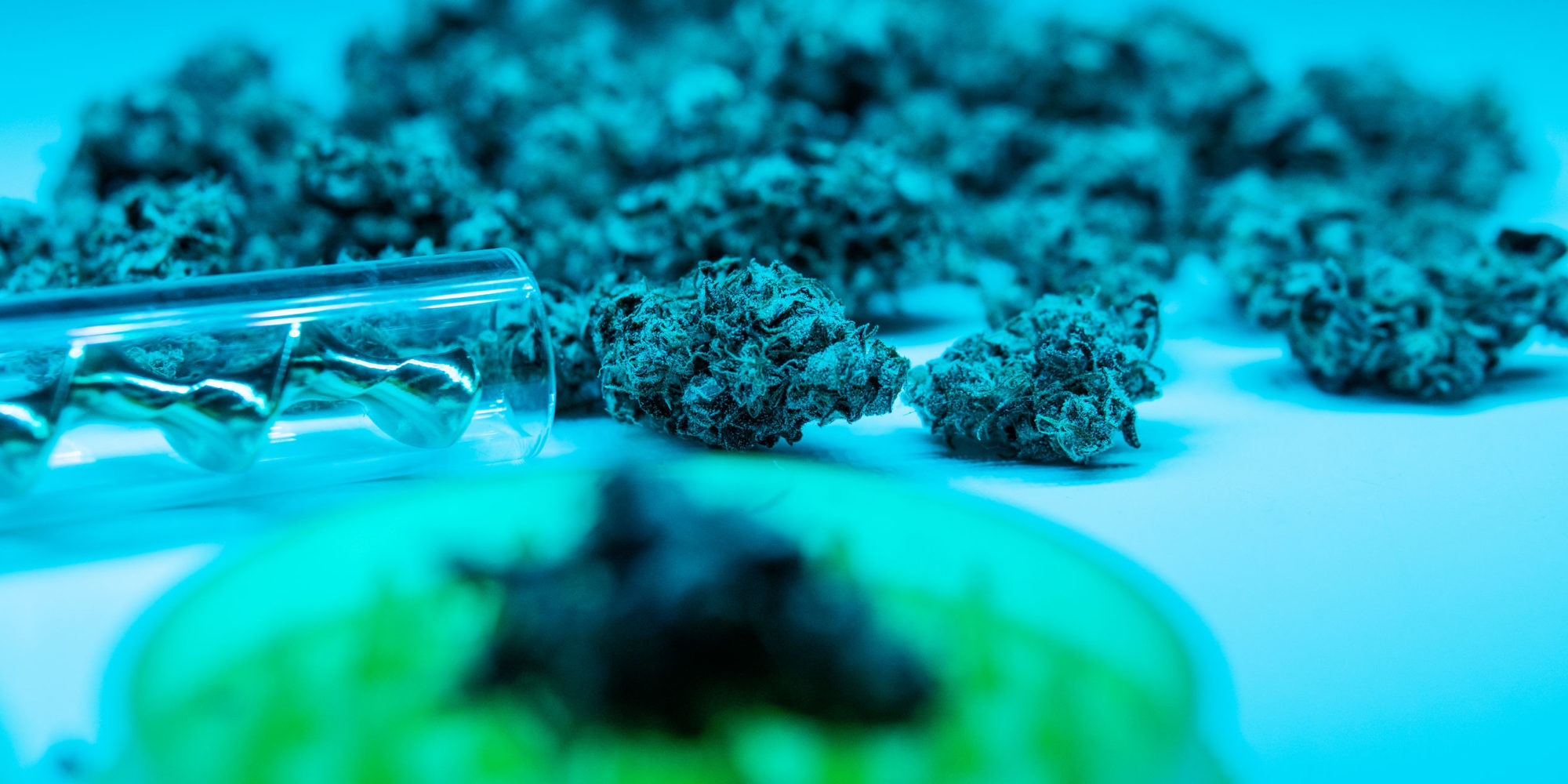Product standards and specifications for hemp have yet to be sufficiently developed, and this continues to be an obstacle for market development. Counterparties are developing their own standards and widening the scope of trade flows, which are evolving from limited trading relationships that are regional, based on historical hemp production. Despite transportation not being a major obstacle to shipping biomass today, the lack of product specifications inhibits transaction volume and frequency.
We recently commented on the high level of fraud that was rampant as the industry transitioned over the past several years, but some of the litigation and general conflict in the sector arises from a lack of clear product standards, or a general lack of expertise and skill. Feminization and germination rates are an example of this. The seed segment has witnessed prolific growth stemming from a supply and demand picture that is no longer relevant, but the $1/seed paradigm was highly attractive. Some of the operators in the segment simply lacked the ability to properly feminize or handle seeds, and inadvertently shipped product that produced as much as 50% males, or showed as little as 50% germination, giving rise to heated conflicts. Seed certification for hemp is in its infancy and varies from state to state, but will help stabilize the entire industry.
Derivatives are far simpler to establish standards from a practical standpoint, particularly isolate. But even with this we see off colored isolate, and crude extracts with dramatic differences in composition. Product formulators have wide-ranging needs, among them, potency or viscosity. Because of the lab processes used to manufacture extracts, it is entirely possible to standardize products, but there are still limitations. The unit relied on to market extracts isn’t even consistent. Some market as Kg, others by liters. They aren’t the same, and not all buyers know this. There are thousands of people operating in these markets, buying smaller volume to supply a small enterprise. The sheer number of people drive that volume, but product quality and composition vary widely.
Even the MJ industry has yet to implement universal standards for flower. Some use an A-AAAAA rating, others use a 100-point scoring system. The American National Standards Institute (ANSI) has developed some standards for cannabis, primarily around safety and production methods, offering accreditation to operators through their ANSI National Accreditation Board (ANAB). The International Cannabis and Hemp Standards (ICHS) group has also established product standards that are used by some market participants. We are also seeing the development of companies that specialize in grading and certifying hemp, like Big Tree Grading in Washington, who recently announced their services for hemp and MJ. They use ICHS guidelines to inform their biomass grading and appraisal service, and we will watch this development closely.
ICHS standards are comprehensive, covering a wide range of characteristics. Quantitative analysis is ubiquitous with hemp, and COA’s are a primary focus for ICHS. COA’s are universally relied on because of the current pricing system, as well as the imperative to fall below .3% THC. Analysis also screens for contaminants, but analytical labs are far from standardized at this point. Lead levels were found to exceed allowed limits recently in a retail CBD product that had previously shown acceptable amounts during manufacturing. That testing was done by the same lab. Results between labs can differ significantly, and there is reason to believe that tincture bottles or extraction equipment from China may be a culprit. ICHS also looks at production environment, processing methods, and historical data such as storage environment and yields.
Qualitative analysis is scored on a 100-point scale and includes separate scoring for structure (density), smell, color, and trichomes. There is ample opportunity for this to vary between graders, but the framework does provide an anchor, a much-needed baseline to aid in grading consistency. This grading evolved from cannabis, it does not apply to fiber or grain. Fiber grading is complex and will require buyers to develop standards based on intended use or manufacturing process. The hempseed segment has the most developed standards in the sector. We’re able to ride on the Canadian’s coattails since they have been actively producing hempseed for years. These specifications – undergoing review in August – are listed in The Jacobsen’s member area. If you don’t have access to this, you can obtain our product specifications here:
https://thejacobsen.com/price-reporting/industrial-hemp/hemp-spec-wall/

